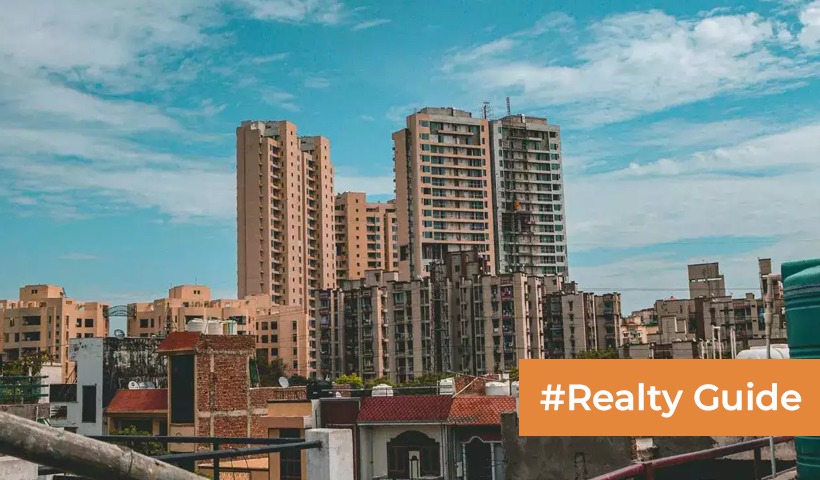RERA’s Definition of Carpet Area: A Guide for Homebuyers and Developers
The introduction of the Real Estate (Regulation and Development) Act, of 2016 (RERA) brought significant transparency and accountability into the real estate sector, particularly in the way residential property sizes are calculated and communicated. One of the key aspects standardized by RERA is the definition of ‘carpet area’. Understanding this definition and the calculation method is crucial for both homebuyers and developers, as it influences pricing, legal documentation, and property comparisons. This blog post explores RERA’s definition of carpet area, how it is calculated,and why it matters to both buyers and developers.
What is Carpet Area According to RERA? Definition Explained
Under RERA, carpet area is defined as the net usable floor area within an apartment, excluding the area covered by the external walls, areas under services shafts, exclusive balcony or verandah areas, and exclusive open terrace areas, but includes the area covered by the internal partition walls of the apartment. This definition marks a significant change from the earlier practice where carpet areas could include
balconies or common spaces and often led to confusion and inconsistency in how property sizes were reported and understood.

How to Calculate Carpet Area as per RERA Guidelines
Calculating the carpet area as defined by RERA involves several key steps:
1. Measure Internal Spaces: This includes all areas within the walls of the apartment. Measure the length and breadth of each room, including kitchens, bathrooms, bedrooms, living areas, and internal storerooms or utility areas.
2. Include Internal Walls: Unlike older practices where internal walls were sometimes not considered, RERA mandates that the thickness of internal partition walls must be included in the carpet area calculation.
3. Exclude External Walls and Shafts: Any space taken up by external walls or areas that house building services like water pipes, electrical ducts, and shafts should not be included.
4. Exclude Balconies, Terraces, and Verandas: Any exclusive external area is excluded from the carpet area but can be listed separately as an added amenity for clarity and valuation purposes.
Formula for Carpet Area Calculation: Carpet Area internal walls) – Exclusions (external walls, serv Sum of all internal room areas (including shafts, etc.)

Why Carpet Area Matters in Real Estate Transactions: Key Benefits
Understanding and accurately calculating the carpet area is vital for several reasons:
Transparent Pricing: Since many developers price residential units based on per-square-foot or square-meter calculations, a precise definition helps ensure that buyers get what they pay for.
Legal Clarity: With RERA, discrepancies and potential litigation over area misrepresentation are significantly reduced.
Loan and Financial Assessments: Banks and financial institutions rely on accurate property sizes to assess loan amounts and property valuations.
Impact of RERA Carpet Area Regulations on Homebuyers and Developers
Impact on Homebuyers and Developers For homebuyers, the standardized calculation of carpet area provides a clearer understanding of the actual living space they will own, enabling better comparison between different properties and ensuring value for money. For developers, adhering to this standard prevents potential legal issues and builds trust with buyers. It also streamlines the marketing process, as prospective buyers are better informed about the space they are considering.
Conclusion: The Role of Carpet Area Calculation in Building Trust in Real Estate
The definition and calculation of carpet area by RERA have brought standardization and transparency to the real estate sector. For prospective homebuyers, understanding how carpet area is calculated according to RERA guidelines is critical in making an informed decision. Developers, on the other hand, need to comply with these guidelines to ensure fair dealings and avoid penalties. By aligning expectations and reducing ambiguities, RERA’s carpet area regulations help foster a more trustful relationship between buyers and developers, contributing to a healthier and more consumer- friendly real estate market.
Disclaimer: The views expressed above are for informational purposes only based on industry reports and related news stories. Property Pistol does not guarantee the accuracy, completeness, or reliability of the information and shall not be held responsible for any action taken based on the published information.




